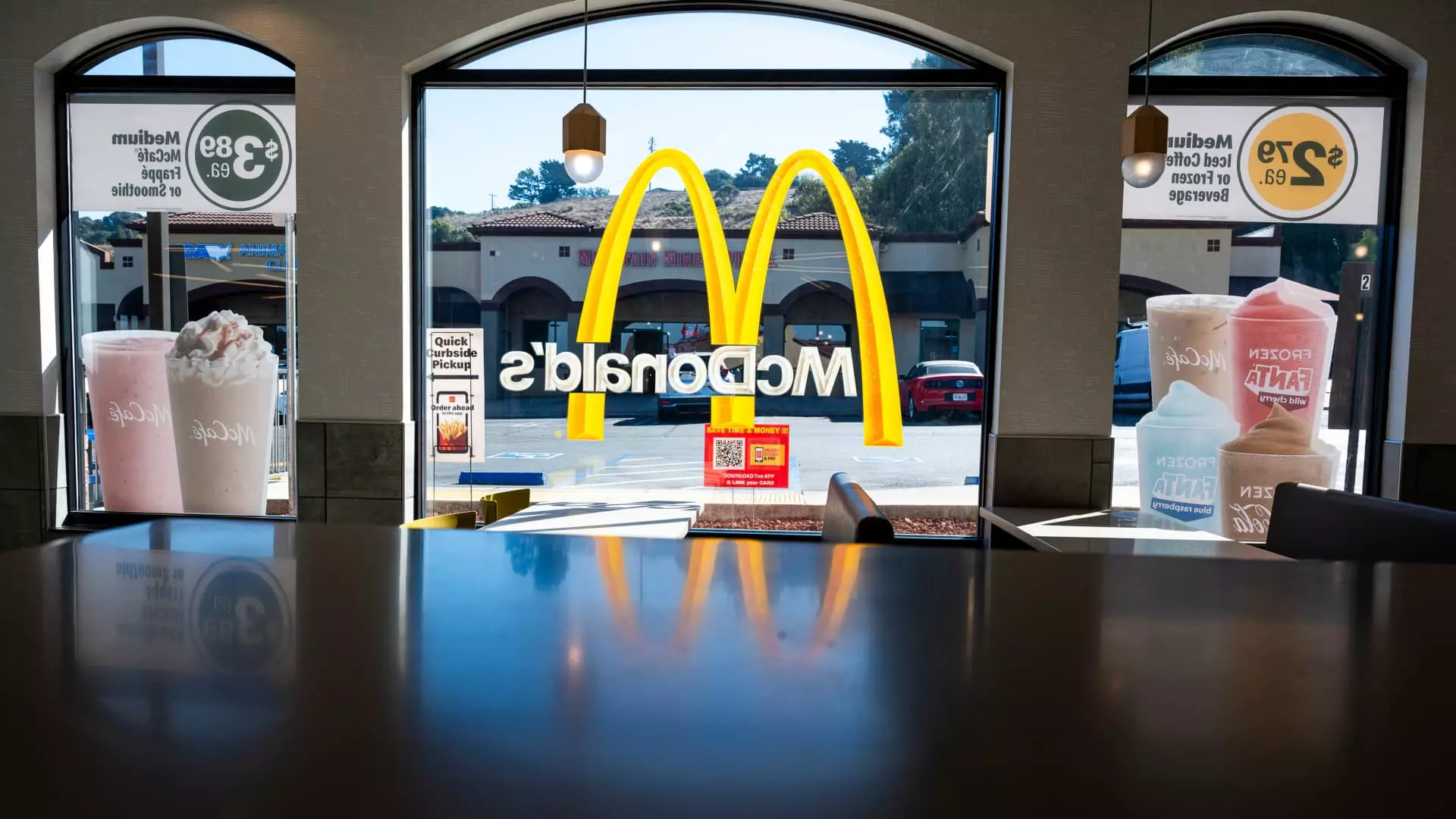The restaurant industry, once a cornerstone of American culture and the economy, has experienced relentless turbulence in recent years. The ramifications of the global pandemic, coupled with economic uncertainties, have left many restaurant executives eagerly anticipating the dawn of 2025, hoping for greener pastures. This article delves into the current landscape of the restaurant sector, the emerging signs of hope amidst prevalent challenges, and the broader economic factors at play.
Amidst the ongoing challenges, many in the industry express a collective desire to move past the trials of 2024. Kate Jaspon, Chief Financial Officer of Inspire Brands—parent company to prominent chains like Dunkin’—recently articulated this sentiment at the Restaurant Finance and Development Conference in Las Vegas. The restaurant landscape has been notably harsh this year, marked by a staggering 50% increase in bankruptcy filings when compared to the same period last year. This surge highlights not just financial distress but also an evolving consumer landscape that has left restaurants grappling to adapt.
Traffic to dining establishments that have been operational for over a year has seen a consistent decline each month in 2024, a troubling trend corroborated by data from Black Box Intelligence. This year has been particularly bleak for major chains, including industry giants such as McDonald’s and Starbucks, who have delivered disappointing reports regarding same-store sales, reflecting deeper fissures in consumer demand.
Despite the gloomy outlook, the restaurant industry is not devoid of potential recovery signs. As summer waned, sales began to rebound from their nadir, and recent data from Revenue Management Solutions indicated a 2.8% rise in fast-food traffic for October compared to the same month one year prior. Such figures have instilled a sense of cautious optimism among executives. For instance, Restaurant Brands International reported a significant uptick in same-store sales, indicating that perhaps the consumer appetite for dining out is slowly rekindling.
The recent lowering of interest rates by the Federal Reserve presents additional cause for optimism. With costs for financing new locations becoming more affordable, chains are poised to accelerate expansion efforts—a critical factor for long-term growth. Shake Shack’s CFO, Katie Fogertey, aptly summarized this sentiment, suggesting that cheaper credit could psychologically bolster consumer confidence, thus potentially triggering increased spending at restaurants, even for moderately priced items.
The financial landscape for restaurants is beginning to shift, with improved valuations hinting at a thawing market for initial public offerings (IPOs). Piper Sandler’s Damon Chandik noted that discussions are ongoing with several entities in preparation for forthcoming IPOs, though he cautioned that the bar for success remains particularly high given the intense competition and traffic pressures pervading the sector. The recent success of Cava’s IPO—where stock prices soared by over 500% post-debut—offers a hopeful example, yet it has not been enough to spur a wave of similar filings.
The anticipated IPO for Panera Bread remains in limbo despite earlier filings, suggesting that broader market conditions continue to deter many companies from taking the public leap. Meanwhile, Inspire Brands sits as a powerful player in this landscape with its diverse portfolio, suggesting a future IPO could be on the horizon.
As optimism begins to surface, it is essential to acknowledge that hurdles remain. Portillo’s CFO Michelle Hook foresees continued macroeconomic pressures impacting the industry, highlighting the challenges faced by chains reporting declining same-store sales. The competition around value offerings is intensifying, as evidenced by McDonald’s plans to expand its value menu. The trend of discount-driven strategies may provide short-term relief, but they risk undermining profit margins, prompting concern for financial sustainability moving into 2025.
Furthermore, while a recession seems unlikely for the immediate future, a slow consumer recovery from prolonged economic strain and inflationary pressures may hinder sales growth. As many consumers remain cautious with their spending, the industry must navigate the delicate balance between enticing patrons back to dining establishments and maintaining healthy profit margins.
The restaurant industry stands at a crossroads, poised between emerging recovery signals and enduring challenges. As leaders within the sector anticipate a more favorable economic environment in 2025, they must remain vigilant and adaptable. The ability to innovate, respond to consumer trends, and maintain profitability will ultimately determine how this vital sector evolves in the coming years. The road ahead may be tumultuous, but with resilience and strategic vision, the restaurant industry can regain its footing.

Leave a Reply